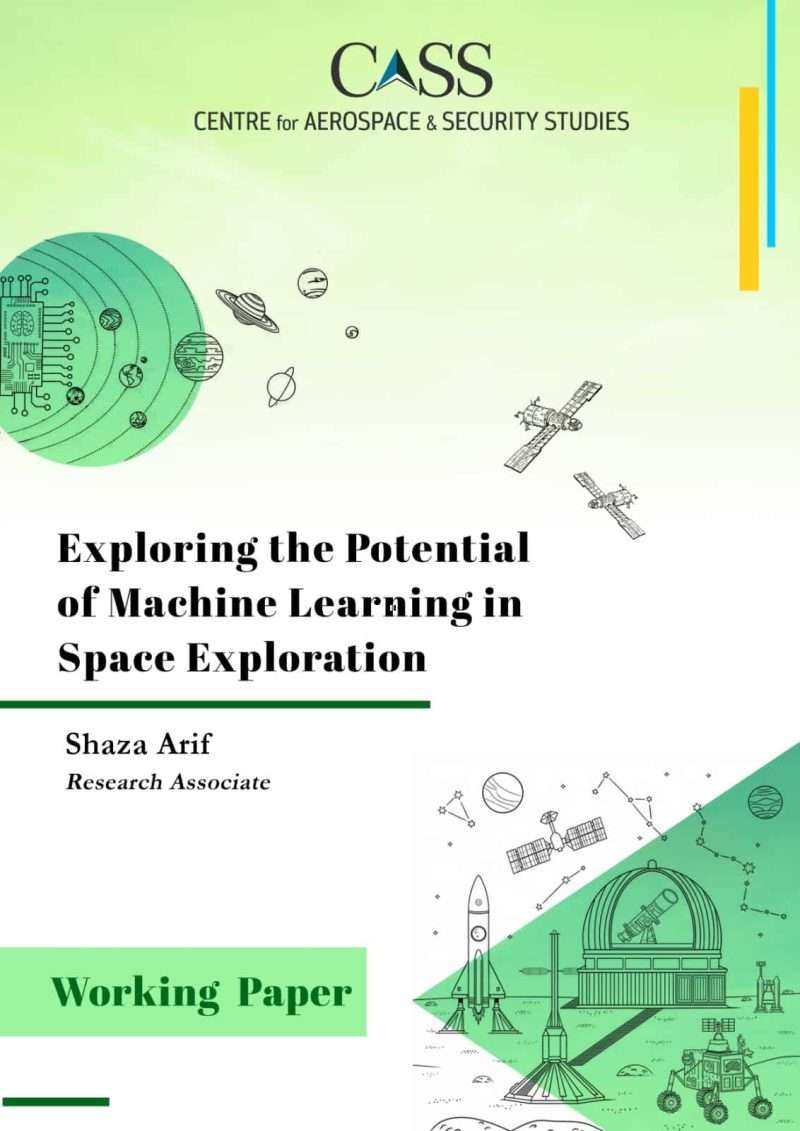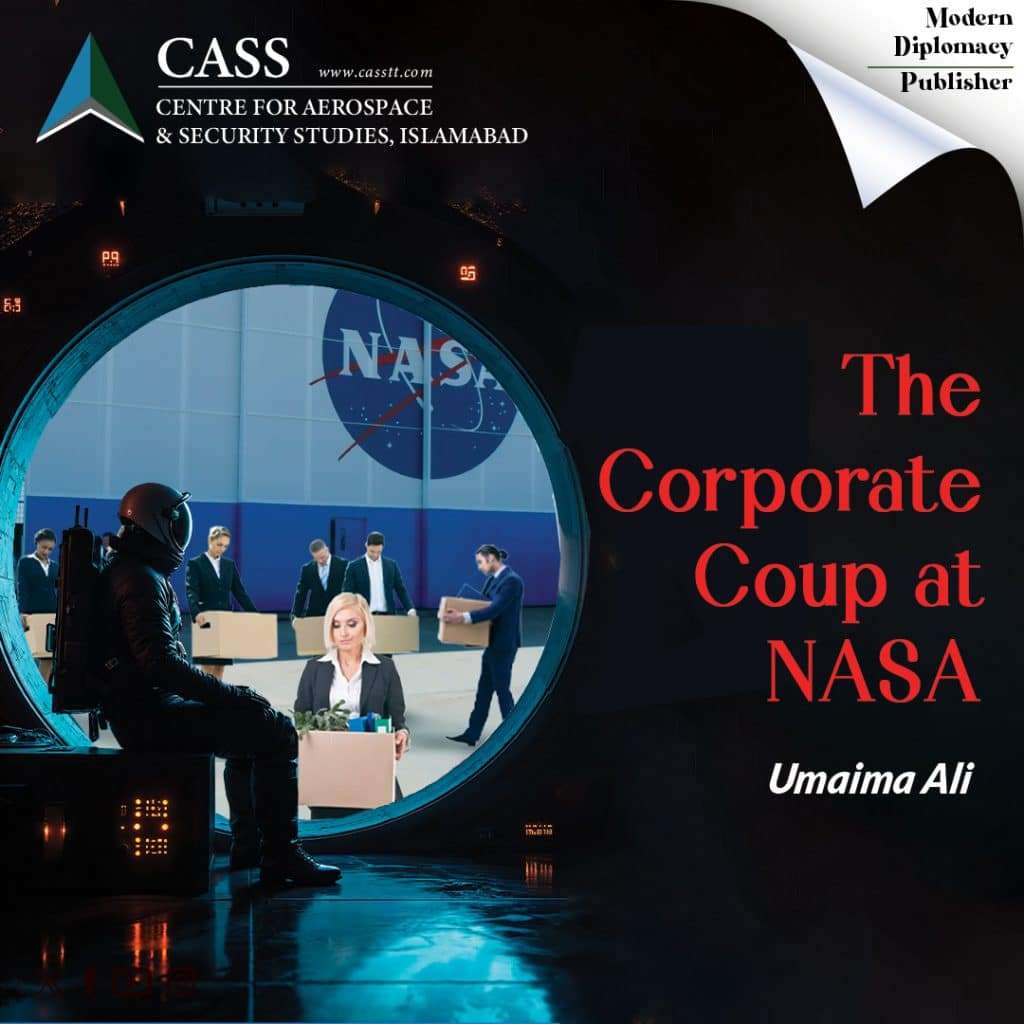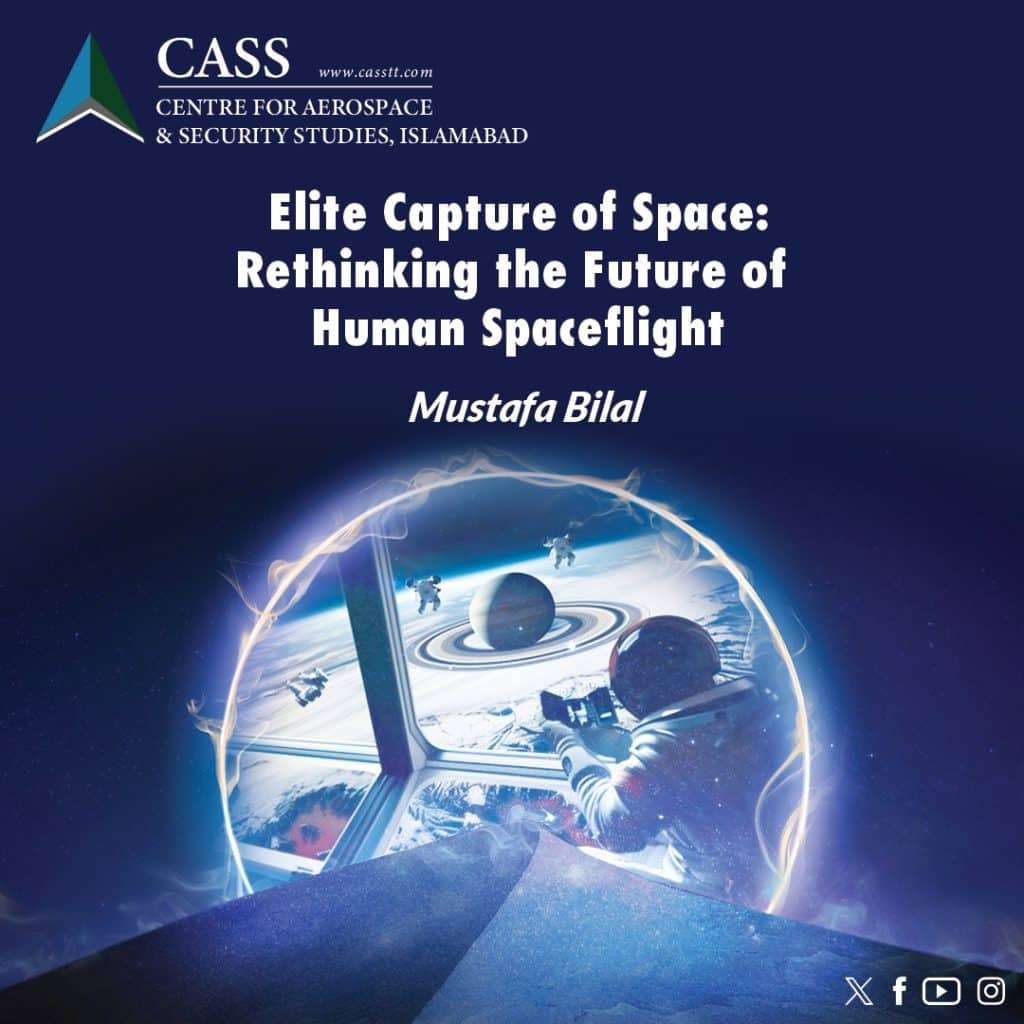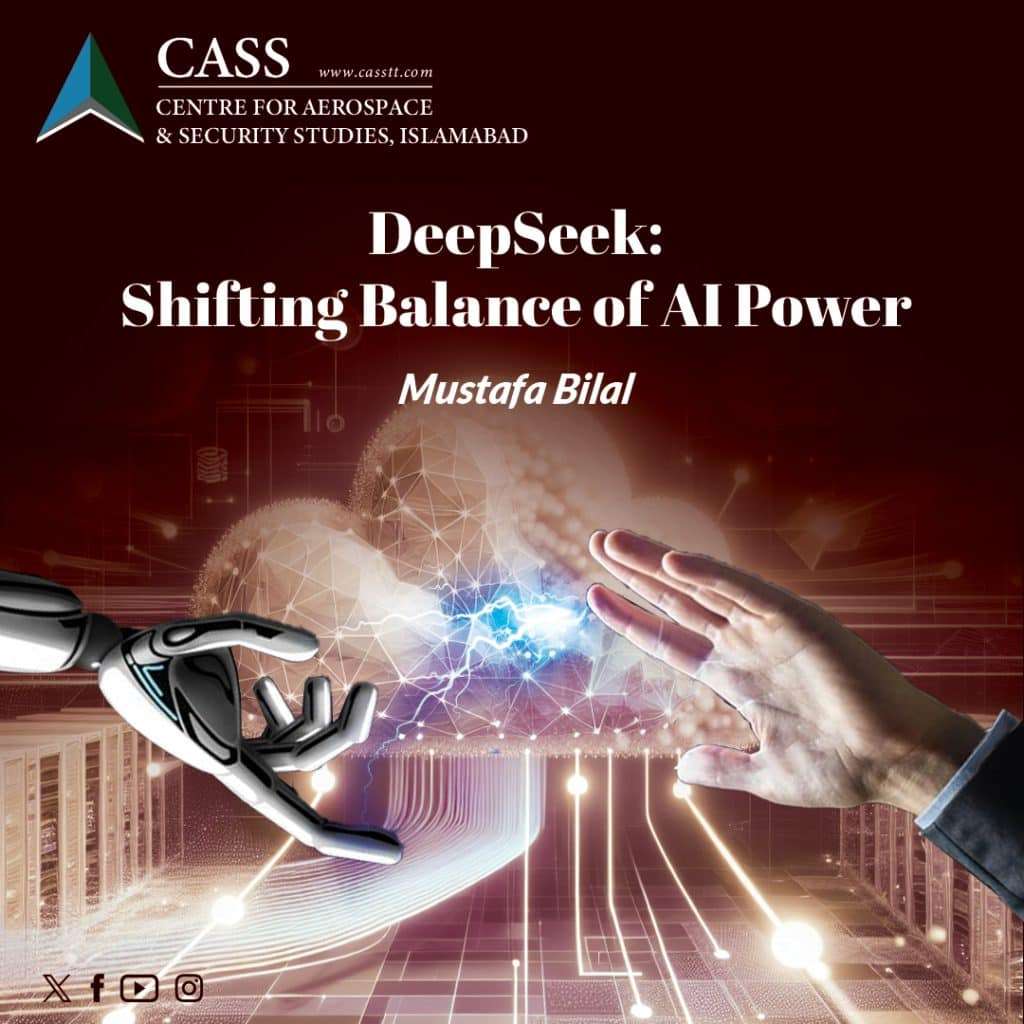Space-based capabilities have become one of the central themes in the technological discourse. Rapid proliferation of these capabilities has increased the significance of space exploration. As various space agencies and private entities expedite their ingress towards space, Machine Learning (ML) is becoming more relevant to ensure efficiency, safety and mission success. This paper examines the interplay between ML and space exploration, focusing on its key applications across three levels: near-Earth, solar system, and interstellar. The findings of this paper indicate that ML has major implications across all three levels of space exploration. In near-Earth applications, ML facilitates data collection and analysis, autonomous navigation, and development of Robonauts. At the solar system level, it plays a crucial role in planetary exploration, space weather forecasting, space debris identification, and asteroid trajectory prediction. Similarly, at the interstellar level, ML contributes to exoplanet detection, analysis of diffuse interstellar bands, and advancements in interstellar travel. However, while ML-driven applications offer substantial benefits, their implementation is hindered by various challenges arising from the inherent complexity of the space domain, necessitating targeted solutions for optimal utilisation.

Share this article
Facebook
Twitter
LinkedIn

The Corporate Coup at NASA
Umaima Ali April 17, 2025
‘Houston, we’ve had a problem’ — these famous words were first spoken from space in 1970 during NASA
17 views

Elite Capture of Space: Rethinking the Future of Human Spaceflight
Mustafa Bilal April 16, 2025
On April 12, 1961, Yuri Gagarin’s first human spaceflight not only carried the hopes of the Soviet Union but
25 views

DeepSeek: Shifting Balance of AI Power
Mustafa Bilal April 16, 2025
Since its release two months ago, DeepSeek has prompted a reassessment of several assumptions
19 views

